![]()
A new era of transparency is on the horizon for the financial services industry. The Financial Accounting Standards Board (FASB), Accounting Standard Codification (ASC) Topic 842 and the International Financial Reporting Standard 16 (IFRS 16) will begin to take effect in January of 2019 through 2020. To help our customers get up-to-speed, we have provided a brief overview of the new lease accounting standards, and the steps LeaseTeam (LTi) has taken to ensure compliance in both ASPIRE and LeasePlus.
A Brief Overview of FASB ASC – Topic 842
According to Deloitte, “The new lease accounting standard is estimated to bring $2 trillion of lease liability into S&P 500 balance sheets.” However, don’t let this daunting forecast overshadow the fact that ASC 842/IFRS 16 extends beyond the giants to companies of all sizes, both public and private.
Like most regulatory efforts in today’s digital economy, the underlying mission of ASC 842/IFRS 16 is to maximize transparency in order to uphold integrity in business. In this case, that means an increase in the level of visibility available to lenders, investors, and other users of financial statements to evaluate companies’ leasing obligations.
Given the timeline to completion, this was no small task. Chief in importance is the FASB’s modification to what constitutes a lease in an effort to overhaul its accounting treatment. While leases will still be classified as capital (sales-type or direct finance) or operating under the two-model approach, ASC 842 includes notable changes to the treatment of capital leases. (Please note IFRS 16 adopted a single-model approach for lessee accounting.)
A sales-type capital lease includes:
- Transfer of ownership
- Purchase of the underlying asset
- Major part of remaining economic life
- The Present Value (PV) of lease payments, plus residual value guaranteed exceeds Fair Market Value (FMV)
- Specialized assets
Whereas with a direct finance capital lease:
- The PV of lease payments, plus the residual value guaranteed exceeds FMV
- It’s likely that lessor collects lease payments plus residual value guaranteed
Until now, the key difference has been that capital leases are recorded on the balance sheet, whereas operating leases are not. However, under ASC 842/IFRS 16 the majority of operating leases must appear on the balance sheet, with exception to short-term leases less than 12 months and right-of-use assets. Similarly, the treatment of operating and capital leases on income statements has also evolved. For capital leases, interest and amortization will appear separately, usually as a front-loaded expense profile given the separate interest on lease liability. For operating leases, interest and amortization will now merge into a single-line item, usually as a straight-line expense.
Our Path to Compliance with FASB ASC – Topic 842
On the software front, it’s easy to see how the implementation of a regulation such as ASC 842/IFRS 16 would raise concerns for equipment leasing and finance solution-providers. Can changes to the definition of a lease, its components, and initial direct costs (IDCs) disrupt the workflow of an entire end-to-end platform?
While some software providers continue to experience critical disruptions and code freezes in their development pipelines to accommodate the changes needed to adhere to ASC 842/IFRS 16, LTi’s suite of products are already in compliance. ASPIRE’s flexibility, made possible by our configuration-first approach, allowed our team to meet the requirements of ASC 842/IFRS 16 in less than 80 hours. Since the new lease accounting standards and IFRS 16 were first published in early 2016, we’ve maintained ongoing dialogues with our customers through user groups, our annual user conference, and customer surveys. This hands-on approach to collaboration not only nurtured many valuable partnerships during this transition period, but it has also proven that our technology is both stable and secure enough to withstand significant change from external factors of influence. The official release for ASPIRE v5.20 is slotted for Q3 2018. While the release date for LeasePlus is still to be determined, it will be available long before the new lease accounting standards take effect.
In Review
The Financial Accounting Standards Board Accounting Standard Codification Topic 842 is the official name for the update to lease accounting standards, also known as ASC 842, or Topic 842. The International Financial Reporting Standard 16 (IFRS 16) is the governing board that oversees it, and includes many similar changes, with exception to the IFRS 16’s single-model approach for lessee accounting. Even if your daily workload is not directly impacted by the measure, it’s helpful to know that:
- LTi executed a swift plan of action throughout 2017-18 to reach compliance, given that the regulation will have a drastic impact on the way both lessees and lessors conduct business.
- Although Topic 842/IFRS 16 was published in January/February, 2016, public companies have until January, 2019, to transition; private companies must follow suit by January, 2020.
There’s no question the time, energy, and resources that go into achieving and maintaining compliance with the new lease accounting standards will be challenging. But in today’s age of instant access, measures such as ASC 842 and IFRS 16 are vital to upholding the integrity of equipment leasing and other financial endeavors. LTi is pleased to have been able to channel our commitment to innovation and client services toward industry compliance. This measure is sure to redefine the way industry professionals approach lease accounting for years to come.

